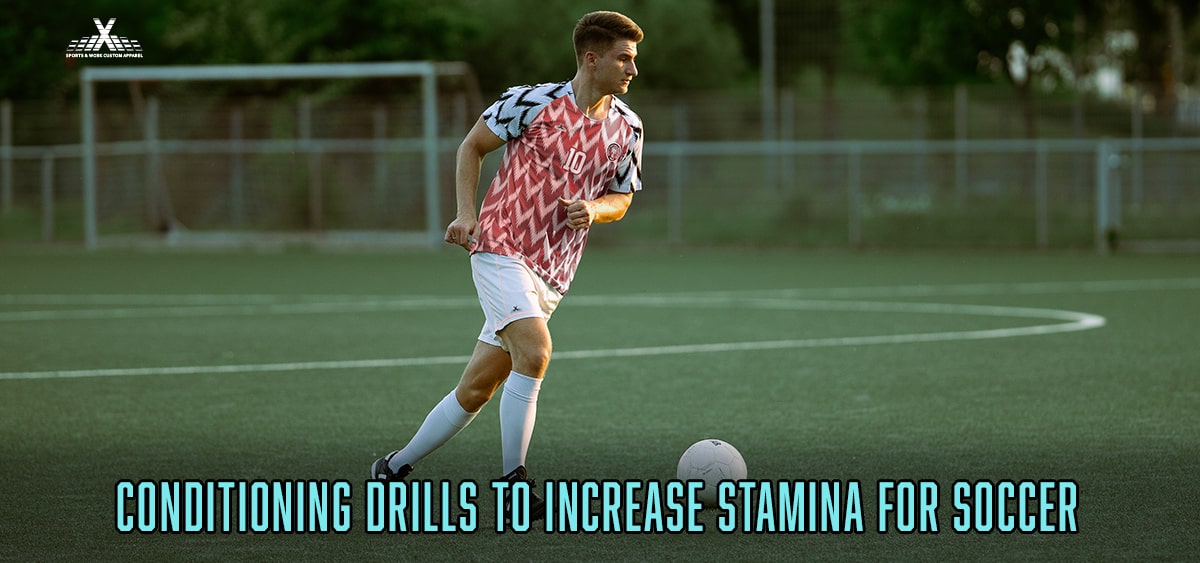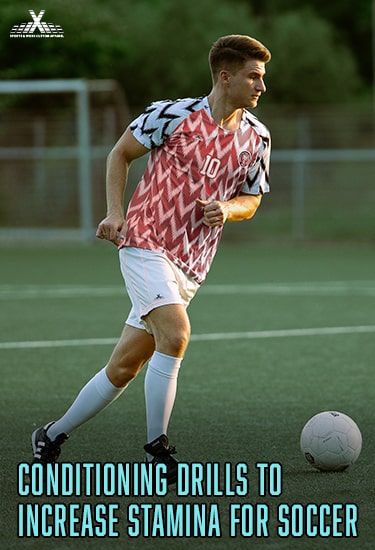Conditioning Drills to Increase Stamina for Soccer
It does not matter if you are Lionel Messi or Cristiano Ronaldo, you need to be able to play for 90 minutes without stopping. The average Soccer game is 10 kilometers long. But running laps around your local park in your custom soccer uniforms will not help a lot to get you in shape. The average professional soccer player can cover more than 10 km in just 90 minutes. Now, the goal is not just to get bigger lungs, but also to get bigger, more explosive, and stronger. Based on your needs, here are some best stamina drills and training tips that can help you get fitter and stronger.
1. Build your base by running
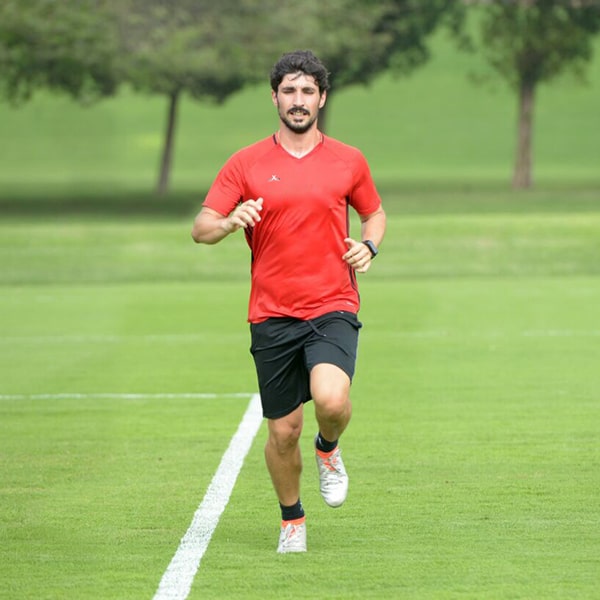
Starting with running is a good idea. Move your feet and get your heart going. Your goal should be to improve the ability of your body to use oxygen, or cardio capacity, to increase your stamina. Start with a small amount of work and add more each day and week. You can run faster, further, or both. Being faster than other people can give you an advantage. Maximize your potential to run faster with your custom soccer uniforms. This will put you ahead of the competition by head and shoulders.
Try using weight sleds during pulls and parachute sprints to get the most out of your legs beyond their capabilities. This will allow you to improve the speed of your sprint while also increasing the strength of your legs. You should work on increasing the strength of your quadriceps. Try up and down movements while increasing the amount of pressure you apply. This will allow you to improve your speed in no time.
2. Do the interval training

On average, Soccer players cover about ten kilometers. During a game, they do not go at the same speed the whole time. So, it is important to take interval training. Actually, it is a mixture of sprints, walking, slow runs, and going backward. In the 2018 World Cup, a study on FIFA found that players from Germany, England, and Spain ran an average of 11,400 meters per game. Here are how the runs are usually broken down:
- Sprints (more than 24kph): 220m
- High-speed run (21-24kph): 330m
- Moderate run (19-21kph): 550m
- Jogging (11-19kph): 3300m
- Trot, walk, backward (less than 11kph): 7000m
You can start your training with three 30- to 40-minute cardio sessions. Week by week increase the amount of work and make it harder until you get to training with breaks. That could mean running 100 meters in 20 seconds, taking a 50-second break, and then doing it again.
3. Do stretching regularly

Even though this may seem like a no-brainer, some of us don’t stretch enough before we work out. Stretching regularly helps your skeletal muscle fibers recover and helps your muscles grow. This will help you get stronger and more stamina.
After warming up and after your workouts, you should also stretch your whole body. On days off, it is even suggested that you stretch. You can categorize them into two groups: static and dynamic. Static actions are ones that do not move, while dynamic actions are ones that do. Both are important. Dynamic stretches are part of the warm-up you do before a game or practice. You can do static stretches at the end of your cool down or at other times to improve your flexibility overall. Stretching also prevents you from injury.
4. Do compound exercises
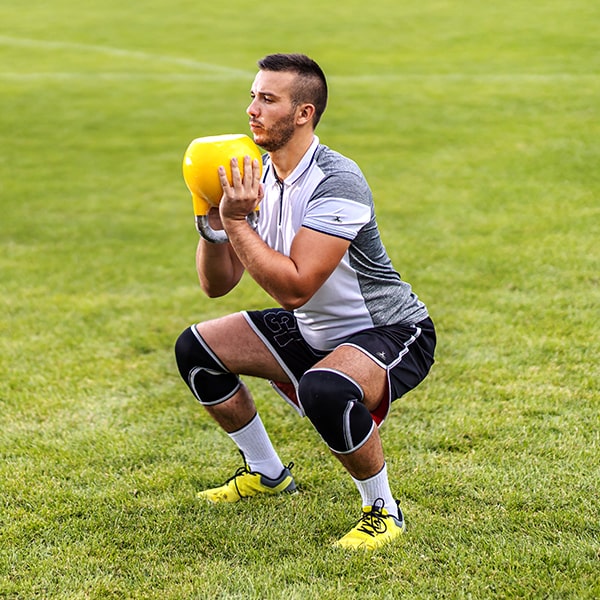
Compound movements, like pull-ups, squats, step-ups, and press-ups work involve more than one muscle group. Because of this, they help you build your stamina faster than isolated movements. Lunges, which are a type of hybrid exercise, help to work more muscles. The more muscles you can get to work, the stronger your cardiovascular system will become. This will improve your stamina.
Cross-training is a great way to mix things up and work different muscles. It is also called “circuit training.” It involves doing exercises like swimming, biking, and jogging. A good example of aerobic exercise is swimming. Compared to air, water offers 12-14% more resistance. It makes some muscles work harder and tones them without the need for weights. By doing this exercise your muscles will feel relaxed, it also makes them more flexible and makes it possible to stretch.
5. Improve your change of direction
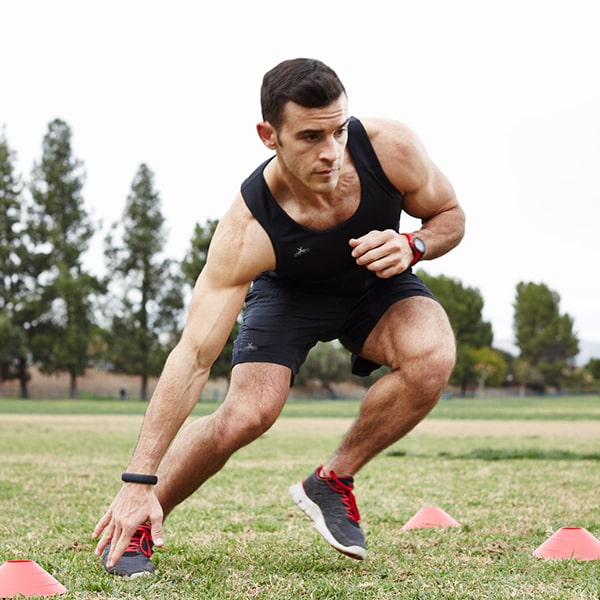
Stamina is important for getting fast but changing position during speed running is one of the hardest things to do. Anyone can lose their balance when moving quickly. Every professional soccer player has to change direction quickly without getting hurt or losing the ball. Improving balance is important and can help players do better in soccer.
Drills are the best way to improve balance. Tackling a bunch of cones is easy and helps a player get better at balancing. There are also other kinds of exercises, such as shutter runs, and slalom runs. Balancing skills are helpful in any game. But they are especially important in soccer. The person who can run and turn at full speed without losing the ball and still keep full control of it is the game-changer. You can take the example of Lionel Messi.
Frequently asked questions
How can I increase my stamina for soccer?
How do I get more conditioned for soccer?
How can I improve my stamina for conditioning?
Which exercises are best for stamina?
- Squats.
- Pushups.
- Mountain climbers.
- Burpees.
- Jumping jacks.
- Climbing stair
Conclusion
Building up your stamina takes time, so do not do too much in the first few weeks. If you train too much, you could hurt yourself. Just make sure to start slowly and increase your workout routine as you feel stronger. Remember that consistency is your key to success. Increasing your stamina might take time, so you cannot expect it to happen overnight. If you work hard and stick to it for a long time, you will see the result yourself. So, put on your custom soccer uniforms and start training your body now.

